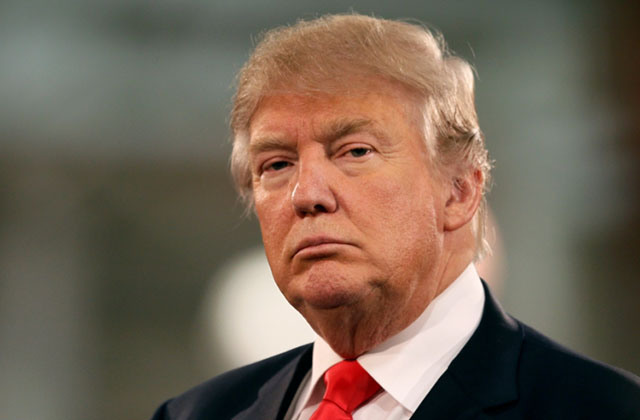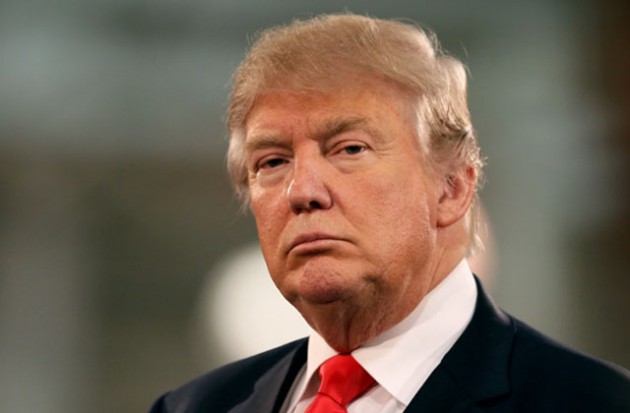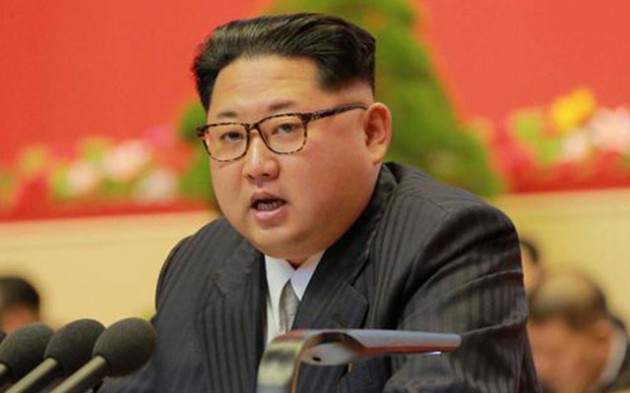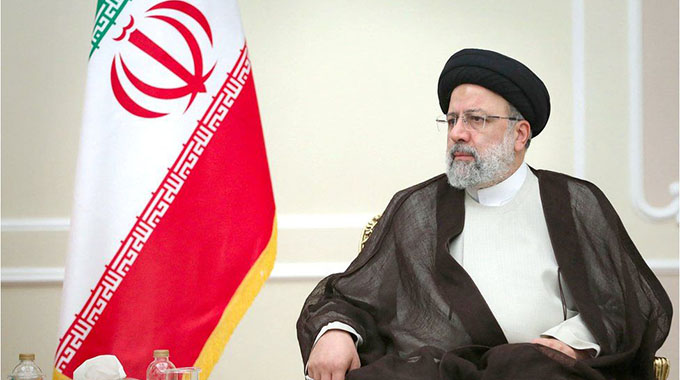All options on the table for DPRK: Trump

TOKYO. — The Democratic People’s Republic of Korea (DPRK) or North Korea fired a missile early yesterday and it fell into the Pacific Ocean off Hokkaido after passing over the Japanese archipelago, said the Japanese government.
The missile was fired around 2058 GMT from the western coast of the DPRK toward a north-eastern direction and passed over Cape Erimo in Japan’s northernmost main island of Hokkaido around 2106 GMT, said Japan’s chief cabinet secretary Yoshihide Suga.
“The missile flew over 2 700km with the highest altitude at some 550km and fell into the Pacific Ocean some 1 180km east of Cape Erimo around 2112 GMT,” said Suga. He said it was possible that the missile separated into three parts over the Sea of Japan and the Japanese government is analysing the situation.
He also said that the missile firing posed “an unprecedentedly serious and grave security threat” to Japan and Japan will work closely with the United States and South Korea to address the issue.
Meanwhile, US President Donald Trump warned yesterday that “all options” are on the table after North Korea fired the ballistic missile — implying Washington has not ruled out a military strike. The test launch by the isolated, but defiant nuclear-armed nation was seen as a major escalation and triggered an angry response from Tokyo.
For its part, North Korea defended its right to take “tough counter-measures” in response to what it calls US aggression — despite repeated calls from Washington for it to come to the negotiating table.
“Threatening and destabilising actions only increase the North Korean regime’s isolation in the region and among all nations of the world,” Trump said, in a statement released by the White House. “All options are on the table.”
Trump said the world “has received North Korea’s latest message loud and clear: this regime has signalled its contempt for its neighbours, for all members of the United Nations, and for minimum standards of acceptable international behaviour.”
This reiterates past warnings that Washington may resort to military action to resolve the ongoing crisis, including Trump’s apocalyptic threat of “fire and fury” after Pyongyang carried out two long-range ballistic missile tests last month.
Pyongyang in turn threatened to fire missiles into waters around the US island territory of Guam, to demonstrate its supposed ability to “engulf” the hub of US air power in Asia in fire.
Japan’s Prime Minister Shinzo Abe, visibly unsettled by the launch, said it was an “unprecedented, serious and grave threat”. The UN Security Council has called an emergency meeting at Tokyo and Washington’s request. But North Korean ambassador Han Tae-Song, addressing the UN Conference on Disarmament in Geneva, said his country had the right to react to ongoing US-South Korean military exercises.
“Now that the US has openly declared its hostile intention towards DPR Korea by raising joint aggressive military exercises despite repeated warnings, Han said.
“My country has every reason to respond with tough counter-measures as an exercise of its rights to self-defense,” he warned. Washington, Han declared, would be responsible for “the catastrophic consequences” that may result from heightened tensions on the Korean peninsula.
The North always condemns the annual Ulchi Freedom Guardian exercise and other joint drills as a rehearsal for invasion, while Seoul and Washington say they are purely defensive.
Sirens blared out and text messages were fired off across northern Japan on Tuesday, warning people in the missile’s flight path to take cover.
Trains were delayed as passengers were urged to seek shelter inside stations. “All lines are experiencing disruption,” said one sign on Sapporo’s metro system. “Reason: Ballistic missile launch.”
The last time a North Korean rocket overflew Japan was in 2009, when Pyongyang conducted what it said it was a satellite launch. Washington, Seoul and Tokyo said it was really an intercontinental ballistic missile test.
Pyongyang last month carried out two overt ICBM tests that appeared to bring much of the US mainland within reach for the first time — prompting Trump’s “fire and fury” response and North Korea’s threat to Guam.
South Korea said the latest missile was launched from Sunan near Pyongyang and flew around 2 700 kilometres at a maximum altitude of around 550 kilometres before landing in the sea. It was not aimed towards Guam.
Abe called the overflight an “outrageous act” that “greatly damages regional peace and security”. In a 40-minute telephone call with Trump, Abe said the two leaders agreed to “further strengthen pressure against North Korea”.
The White House added that they agreed that the launch “poses a grave and growing direct threat to the United States, Japan, and the Republic of Korea, as well as to countries around the world.”
The European Union denounced the launch as a “serious threat” to regional security and British Prime Minister Theresa May, due in Tokyo on Wednesday, said she was “outraged” by the “reckless provocation”. But China, the North’s key ally and main trading partner, urged restraint, and said the US-South Korean military drills were partly to blame for tension.
Foreign ministry spokeswoman Hua Chunying said the situation had reached a “tipping point,” but warned that pressure and sanctions “cannot fundamentally solve the issue.”
She repeated Beijing’s call for the North to suspend missile tests in return for a halt to the military exercises. Russia, which also has ties to Pyongyang, said it was “extremely worried” and criticised a “tendency towards escalation”.
Euan Graham, of the Lowy Institute in Australia, said a launch towards Guam would have been a “red line” for Washington and that Pyongyang had instead selected a “half-way-house option.” — Xinhua/AFP.









Comments